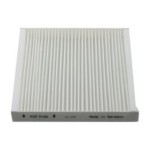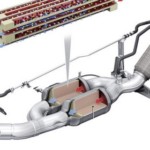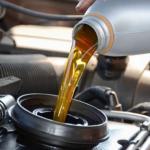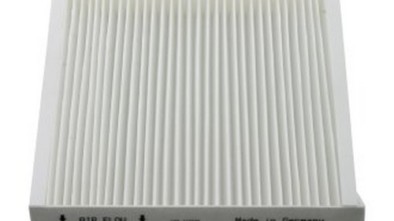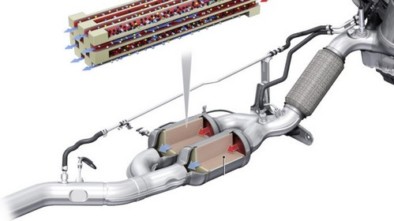Air filter. A little thing that drivers forget
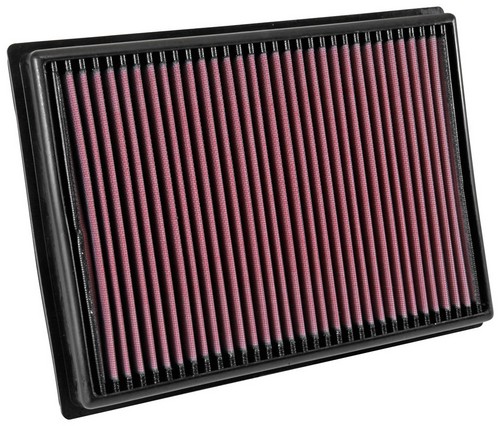
An air filter is such a trivial part that it is often forgotten when servicing a car. Although it does not cost much and its replacement lasts for several minutes, it plays a very important function, directly affecting the durability of the engine.
U air has dust in an amount of about 0.0001 to 0.0003 g / m³. When the car is used off-road, the amount of dust increases significantly and can reach 0,005 g / m1. Therefore, it is assumed that the car "breathes" air with a dust content of about 1000 mg / mXNUMX, which leads to several tens of grams of sand after a journey of XNUMX km to the suction system, because that is what dust is. This would pass through the intake manifold and the inside of the engine, ai Turbo charger, that there is no air filter.
This is a trivial element, but its role is essentially important. Today's air filters are designed to hold about 98-99 percent of the dust. Everything would be easy if the engine didn't have to breathe, especially the turbocharger. Therefore, the filter cannot hold the air too much, leading to some bandwidth compromise. At present, the optimum air filter flow is about 2 micrometers.
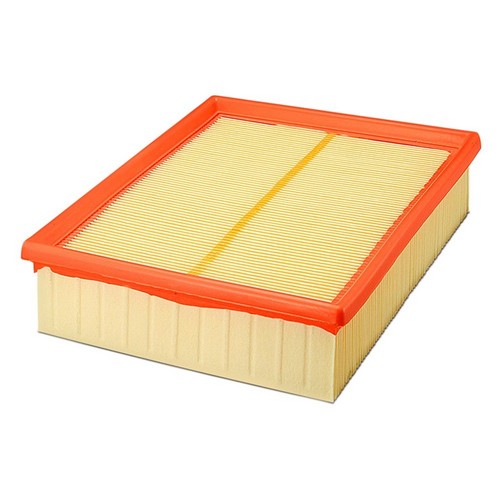
Modern passenger cars are equipped with dry air filters, usually with a paper or canvas insert, arranged in so-called accordions, which makes the active surface of the filter much larger than the diameter. The harmonics create a dense network, in which the dirt is stopped, and the entire suction systems up to the filter are designed so that air always enters the filter from the bottom. Thanks to that, in the filter box, the dust stops under it, and when it collects too much, it falls and collects in the filter chamber. This effect cannot always be obtained, for example, in drum or ring filters, which is why they are no longer used. In addition, complete filter air intake systems have numerous bends, "detours", curves and constrictions, so that the air entering the filter is partially calmed, its speed reduced (less noise) and partially cleaned.
Dry filters have been in use since the 1960s, but oil filters are still used in working machines as well as in off-road vehicles operating in very difficult conditions. The idea is to bring the air into the filter in such a way that it will cause a strong swirl and already clean it with larger dust particles beforehand. In addition, filter cartridges are soaked in oil which also retains dirt. Such a filter works perfectly where the amount of dust is huge. The advantage of oil filters is the low air resistance with very good dust cleaning, but the disadvantage is the short life span. The other thing is that these types of filters just need to be washed and re-soaked with oil.
Basically, the service of the air filter is reduced to periodic replacement and cleaning of the chamber in which it is located. Both activities are important, because cleaning extends the life of the filter. Normally, manufacturers recommend replacement every 30-60 thousand km and, as always, the courses are very optimistic. Some raise the limit to 80.000 km. In fact, the filter loses its properties after only 20.000 km. Do not clean (blow, with compressed air) the air filter, which can cause dirt to enter the clean side of the filter. However, it is best to replace them because the prices of the filters are not high, and the replacement will be done by almost everyone. Before installing a new filter, it is worth vacuuming the bucket / box in which the air filter is installed. It is necessary to pay attention to the tight closing of the filter chamber, because the sucked air will not be filtered.

A dirty air filter first causes a decrease in power and thus a higher turbocharger effort or an increase in fuel consumption. In addition, it affects the characteristics of the engine, the engine reacts less to the addition of gas. That is why it is worth replacing it at no more than 20000 km, or if possible, as suggested by experienced mechanics every time the oil is changed.
Recommendation of similar texts:

Hi there, I am Mladen and I am an auto enthusiast. I started this blog years ago to help like minded people share information about latest cars, car servicing ideas, used car info, exotic cars, and auto technology. You will find helpful articles and videos on a wide variety of cars - Audi, Mercedes, Toyota, Porsche, Volvo, BMW and much more. Ping us if you have anything cool to share on latest cars or on how to make older cars more efficient, or just want to say hi!

